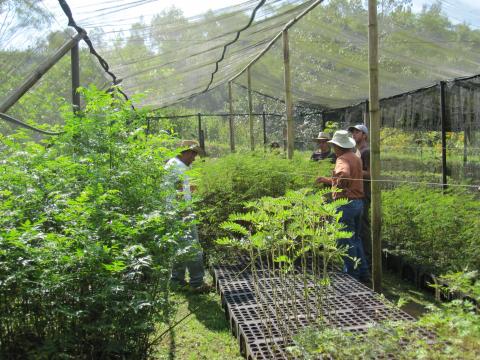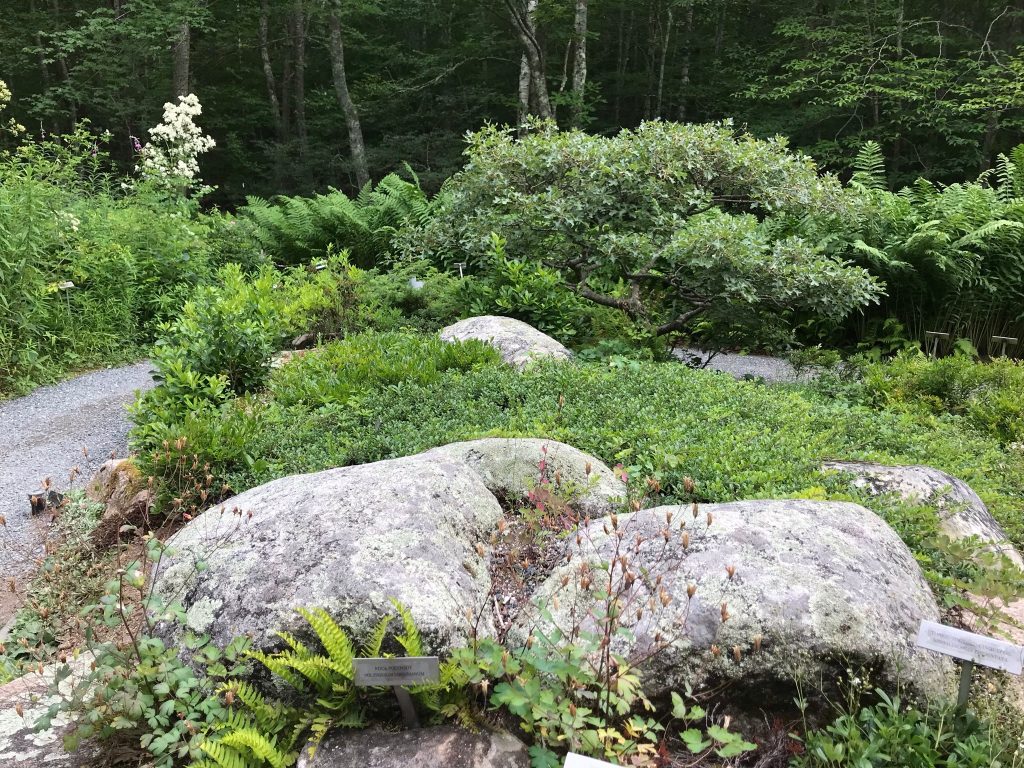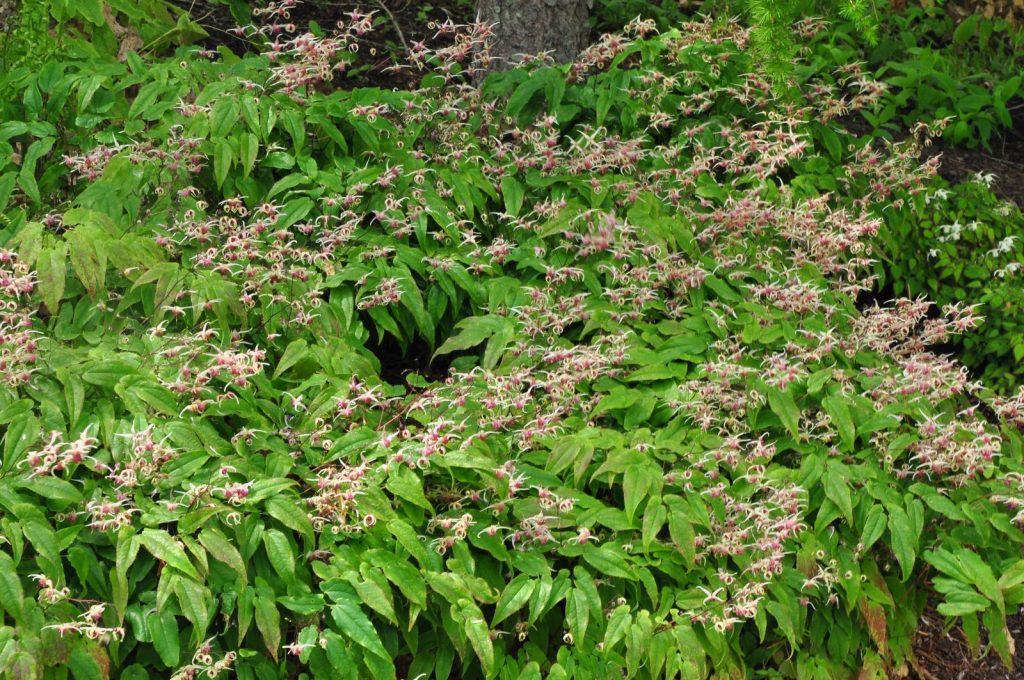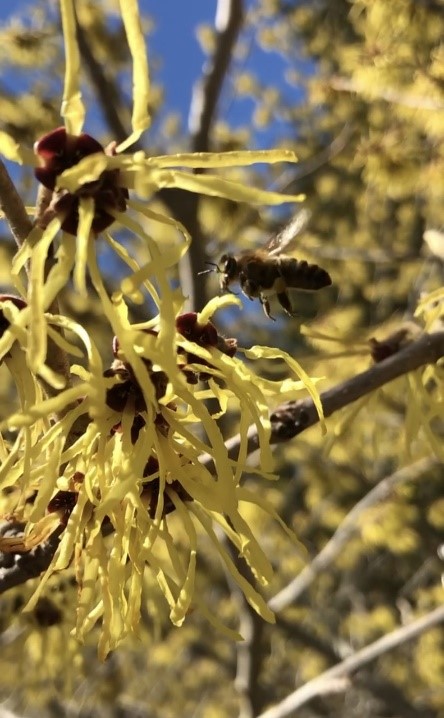Gardening in a Changing Climate
The dormant season is getting shorter, resulting in a longer growing season. We, too, need to adapt if we’re going to garden and grow successfully. While we might feel powerless against a changing climate, there are actions we, as gardeners, landscapers, horticulturists, and naturalists, can take to make a difference.
Our actions can contribute to slowing down the onset of climatic extremes, wildlife and habitat loss, and the degradation of our soil, water, and air quality. While we may not be corporations polluting the environment, we are customers of those corporations. But if we don’t buy these products, they won’t be made, reducing the levels of toxic elements harming our ozone, the regulator of our weather and overall climate.
This philosophy, gardening for resilience, is easy to adapt to and adopt. It’s a holistic method of managing a landscape with an inclusive lens and an opportunity to expand our definition of beauty. We learn to appreciate the roles of all living organisms, even understanding those not indigenous to a given region. Gardening with resilience means knowing how, where, when, why, and what to grow, prune, trim, remove, and maintain or nurture. People are a part of nature, not apart from it, and this is resilience’s overarching philosophy.


With weather patterns becoming less predictable, gardening for resilience becomes an insurance policy—if we garden for more biodiversity, then we are also gardening for dry periods or wet periods. The diversity of plants and the designed systems will sustain vibrancy and wildlife habitat, whatever the conditions.
So, what can you do during this dormant time to support healthy ecosystems and mitigate climate change? Here are a few resilient landscaping tips:
1. Reduce and even stop tilling your soils for vegetable gardens and new garden beds. Build healthy soils with natural surrounding materials like decaying leaves, decomposing twigs, two year-old wood mulch, kitchen compost, and decaying grass clippings. Start anywhere—you don’t have to do it on every garden bed you have!
2. A tip for storing leaf piles: keep them further from recreation/entertaining areas. This way ticks won’t find their way into your backyard as easily, and you can still “harvest” this rich material, home to millions of a variety of beneficial organisms. This is a critical habitat that supports plants, birds, and so on up the food chain.
3. Review any notes you took after last season and plan what to do differently or continue this season. What were some successes? Some challenges? Sketch out your gardens or take notes in a journal. Document any deer browsing, areas that were dryer or wetter than normal, places where water collected, or where a plant community lagged for some reason (known or unknown). Evaluate your wants and needs, and do some research (or take classes!) if needed.
4. Consider converting individual plant swaths into mixed plant communities designed to withstand variable weather conditions. That way, no matter the season, a successional, biodiverse, and resilient display of plants will always create visual beauty—even in winter, when structures and colors like red branches, winter berries, or colored bark. Dare to broaden your plant palette, particularly your native plant palette, to enhance and create a high(er)-performing landscape that can sustain even in drought or wet conditions.
5. Pruning is a really fun practice done in February to early April in New England. (In fact, we have a blog post about it here—check it out!)
6. Pile branches and earth debris in three-to-six foot-wide piles. Especially in urban and suburban settings, this practice can create more habitat for our native over-wintering wildlife. While hares, birds, and chipmunks might seem like a nuisance in the garden, that’s just because their habitats are being destroyed by human development, and they’re trying to survive, taking refuge in the “green” environments of our gardens. But if we can support a wider wild area where they can roam with the vegetation they need, they become less of a nuisance. This is a great example of finding ways to “re-wild” your landscape and think about how the community is a network for humans and wildlife.
7. Import less and use onsite, locally derived materials more: If you’re importing soil for container gardening, raised planters, or newly created garden beds, do a little research first. Find soil tests from the sources, or get your own done. Soils tests reduce the guessing game and set you up for faster success. Alternatively, use what you have onsite and re-use what you had last year, enhancing it to the point that it will support what you’re going to grow. Reusing potting soil is fine as long as the previous year’s plants didn’t have issues like diseases or viruses that contaminated the soil. Empty containers onto a tarp or wheelbarrow and break up the dense soil/root systems from last year. Remove any large root clumps. Add in materials like decayed leaves with good leaf mold, kitchen compost, grit, and small broken bits of aging branches. And there you have it! Reused and recycled soil.

